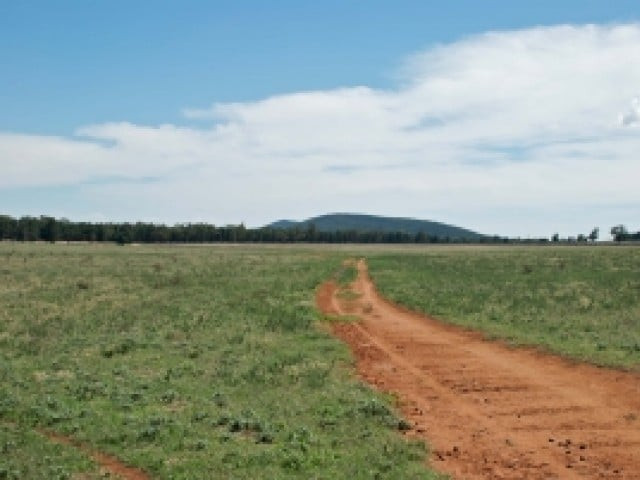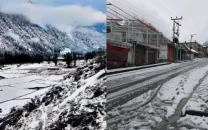Diamer-Bhasha project: G-B govt joins hands with SUPARCO
Efforts under way to ensure transparency in acquisition of land

PHOTO: FILE
“Suparco will use data from various satellites to cross-check and verify the information of land acquisition submitted by revenue officers (patwaris/tehsidars),” Diamer DC Usman Ahmed told The Express Tribune.
The agreement makes G-B government the first in the country to seek the services of Suparco in a multi-billion power project that would produce 4,500 megawatts of hydroelectric power in the coming years.
“The basic purpose of this agreement is to ensure transparency in land acquisition for Diamer-Bhasha Dam,” Usman said. The signing ceremony was held in Islamabad in which G-B home secretary Sibtain Ahmed, SUPARCO Karachi DG Dr Shafiq Ahmed and Wapda Chief Engineer Tanvir were in attendance.
After months of delays, the federal government recently approved Rs101 billion for land acquisition for the 4,500 megawatt hydroelectric power plant located majorly in G-B.
Of the total allocation, Rs49.8 billion has been sanctioned for land acquisition and compensation. Another Rs24 billion will be spent on the construction of three model villages, and Rs8.7 billion on social safety for the affected people, and Rs634 million for environmental protection.
The DC said satellites will monitor the activities of revenue field staff, prepare a computer database and keep record of all payments made to beneficiaries. “So far 3,056 acres of land have been acquired while another 15,000 acres are also required,” he added.
During the construction of the dam, 32 villages with a combined population of 25,000 people, will be affected. Many among the locals were demanding high rates of compensation in order to move from the area, to which the government agreed, clearing the way for the 4,500 megawatt hydroelectric power generation project.
Published in The Express Tribune, July 8th, 2015.


















COMMENTS
Comments are moderated and generally will be posted if they are on-topic and not abusive.
For more information, please see our Comments FAQ